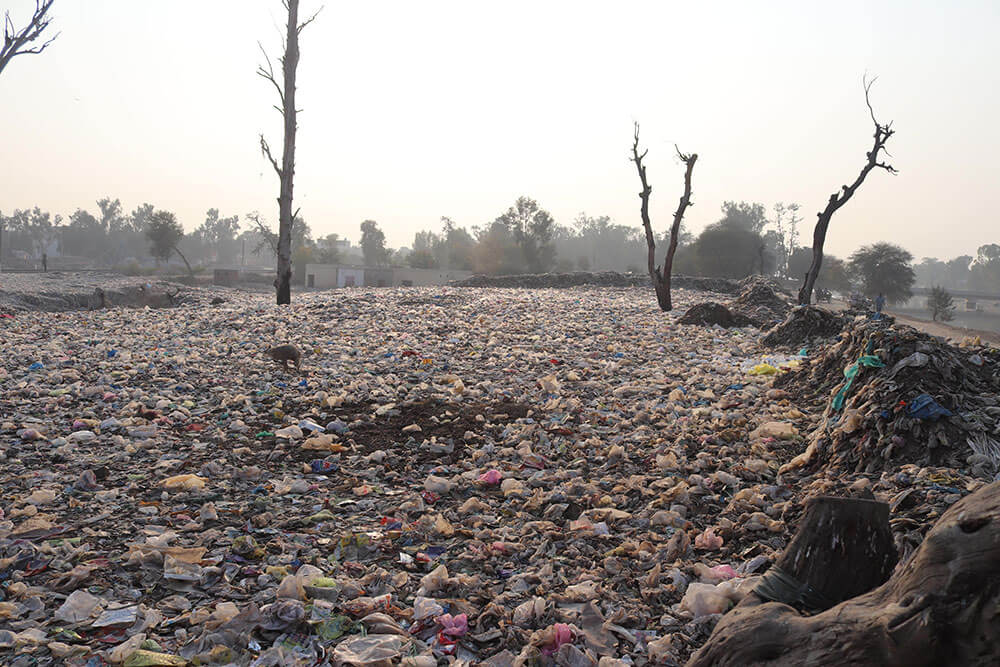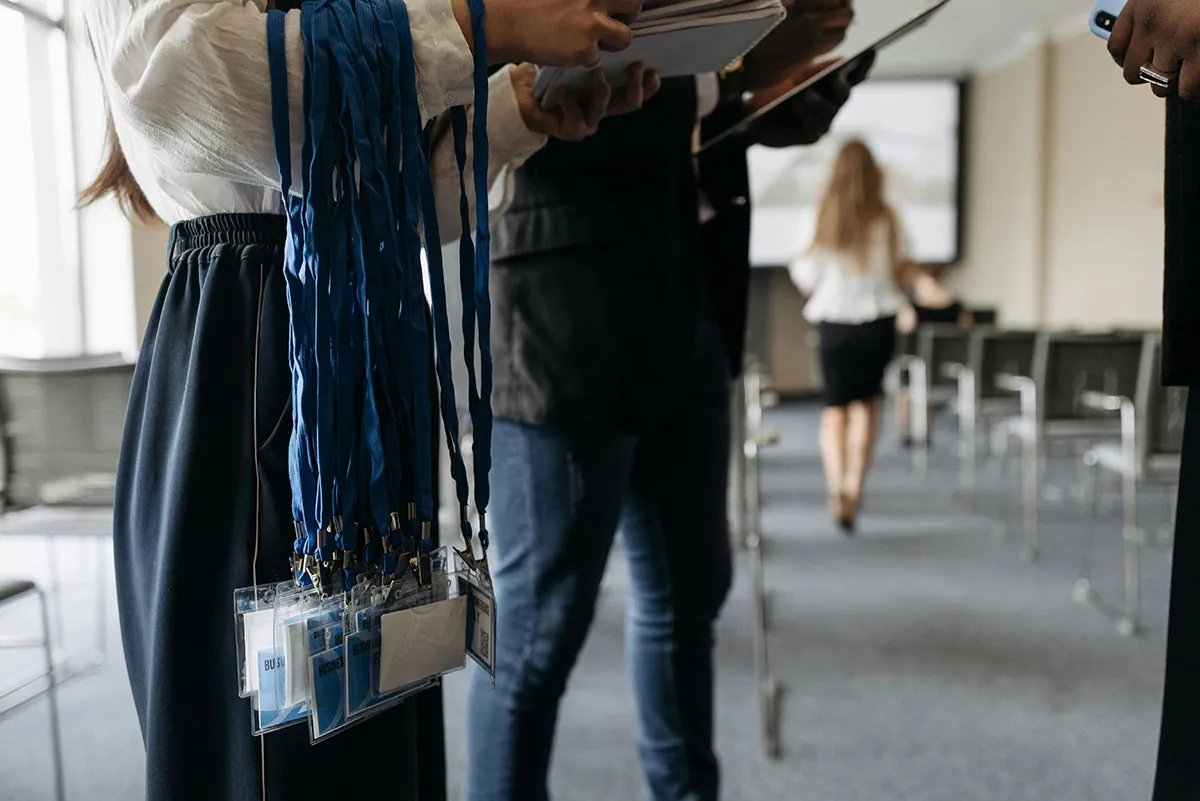 Plastic Pollution and Recycling
Plastic Pollution and Recycling
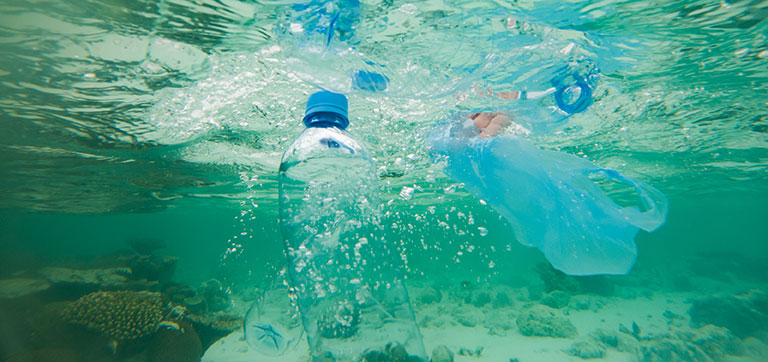 Photo by melis82 on Envanto
Photo by melis82 on Envanto
Indonesia, the world’s largest archipelago, is known for its stunning beaches and marine biodiversity. However, it has received another undesirable distinction – ranking as the third largest ocean plastic polluter in Southeast Asia and the fifth in the world, according to the World Population Review1, behind the Philippines, India, Malaysia, and China.
Ocean plastic pollution has extensive impacts on marine ecosystems, wildlife, human health, and economies. Marine animals ingest plastic pollution, or get tangled in its web, disrupting habitats and food chains, and damaging coral reefs. Not only does plastic pollution damage the ocean, but it also poses risks to human health through the consumption of microplastics entering the food chain. In addition, ocean plastic affects economic activities particularly in the fishing, tourism, and coastal management sectors. United Nations Educational, Scientific and Cultural Organization (UNESCO) estimates that ocean plastic causes USD 8-14 billion in losses in those three sectors2.
We’ve learned about the dangers and losses caused by ocean plastic. But, how does plastic end up in the ocean in the first place? The United Nations Environment Programme (UNEP) reports that 80 percent of ocean plastic comes from land-based sources3. Ocean plastic mainly comes from mismanaged plastic waste flowing into the ocean through rivers. To better understand this phenomenon, let’s take a closer look at Indonesia. There are at least three main causes that contribute to the leakage of plastic from land to the sea.
1. Lack of proper waste management infrastructure, particularly in rural areas
One of the major contributing factors to Indonesia’s ocean plastic pollution is inadequate plastic waste management practices. A 2021 World Bank report estimated that Indonesia generates approximately 7.8 billion kilograms of plastic waste annually, of which 4.9 billion kilograms is mismanaged4,. This means that the plastic is either going uncollected thanks to lack of formal waste management, is disposed of in open dumpsites, or is leaked from poorly managed landfills.
The lack of proper plastic waste management infrastructure occurs both in urban and rural areas, but rural areas contribute more to plastic waste leakage to the ocean. In Indonesia’s cities, 40 percent of 142 million urban residents still do not have access to basic waste collection services4. The same study finds that rural areas have extremely low rates of waste collection, resulting in 85 percent of plastic waste going uncollected.
 Mismanaged plastic waste in Bali, Indonesia.
Mismanaged plastic waste in Bali, Indonesia.
While urban and rural populations in Indonesia are roughly the same, rural communities produce a disproportionately high amount of mismanaged plastic waste, accounting for two-thirds (3.5 billion kilograms a year) of the total in Indonesia4.
The lack of plastic waste management infrastructure leads villages to unhealthy waste disposal practices, such as littering and dumping plastic waste in rivers, which can most likely find its way into the ocean. For instance, in Tabanan, one of the regencies in Bali, where our collection members Asis and Atmawati live, there is only one dumpster for the whole village. The dumpster is often overflowing with trash due to the imbalanced ratio between the population and pick up services provided. This amounts to a significant contribution to Indonesia’s mismanaged plastic waste problem.
2. Geography and hydrology of Indonesia
Geographical and hydrological conditions in Indonesia play a role in how plastic migrates from land-based sources to the ocean. According to research by the World Bank, rivers carry and discharge 83 percent of the annual plastic waste input from land-based sources, while only 17 percent is directly discarded or washed away from coastal areas4.
 Plastic waste travels to the ocean through waterways in Indonesia.
Plastic waste travels to the ocean through waterways in Indonesia.
Indonesia has over 4,000 rivers across the country, some of which are the most polluted in the world. A 2017 study published in Nature Communications found that four major rivers in Indonesia, namely Brantas, Solo, Serayu, and Progo, are among the top 20 rivers that contribute the most to ocean plastic pollution5. This highlights the role of geographical and hydrological features in transporting plastic waste into the marine ecosystem, particularly the proximity of rivers to residential areas.
Due to its vast coastline and numerous rivers, Indonesia is highly susceptible to plastic leakage from land to the sea. With inadequate waste management infrastructure, people’s habits of throwing rubbish into waterways, and a lack of awareness about plastic pollution, it is common to find plastic-contaminated rivers in Indonesia.
Once again, this emphasizes the need to invest in proper plastic waste management, particularly in areas near rivers.
3. Rainy season increase the flow of plastic to the ocean
Another factor that contributes to the flow of plastic waste from rivers to the ocean is the abundant rainy season. According to the 2021 World Bank study, which was corroborated by a 2019 Indonesian Institute of Science study, the amount of plastic waste entering the ocean increases by two to three times during the rainy season4. Indonesia is an archipelagic country with warm seas covering 81 percent of its total land area, leading to increased rainfall. In fact, Indonesia is among the top ten countries in the world for rainfall6.
Furthermore, the research revealed that even a short rainfall during the dry season can wash off a significant amount of accumulated mismanaged waste into the ocean. Therefore, it is crucial to implement specific solutions that can stop plastic pollution from flowing into the ocean, especially during the rainy season.
So what can be done to stop ocean plastic?
Stopping ocean plastic requires a multi-faceted approach, and the Indonesian government has set an ambitious target of reducing ocean plastic by 70 percent by 2025. However, the World Bank has identified key areas that require immediate action to achieve this goal.
Investing in proper waste management infrastructure
Establishing new and well-managed waste management infrastructure and optimizing existing infrastructure is a crucial steps to stop plastic waste from reaching the ocean. The current government plan mainly focuses on urban waste management, but a shift in focus is needed to include rural areas, especially in areas near ocean-bound waterways.
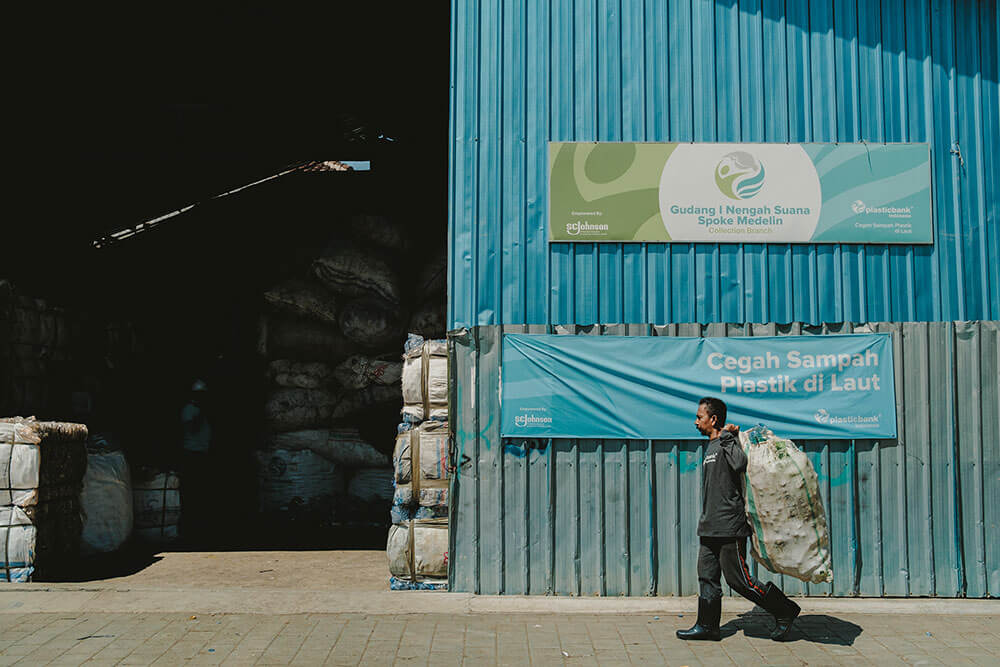 One of Plastic Bank collection branches in Bali, Indonesia.
One of Plastic Bank collection branches in Bali, Indonesia.
2. Increasing public awareness on healthy waste management
Indonesian communities lack awareness of the negative impact of plastic pollution on the environment and the ocean, leading to harmful waste disposal practices such as littering, burning plastic waste, and dumping it into rivers and the ocean. To address this, national proper waste management campaigns are needed to enhance community awareness about healthy waste disposal practices and discourage harmful practices. These campaigns should be specifically targeting households in rural areas.
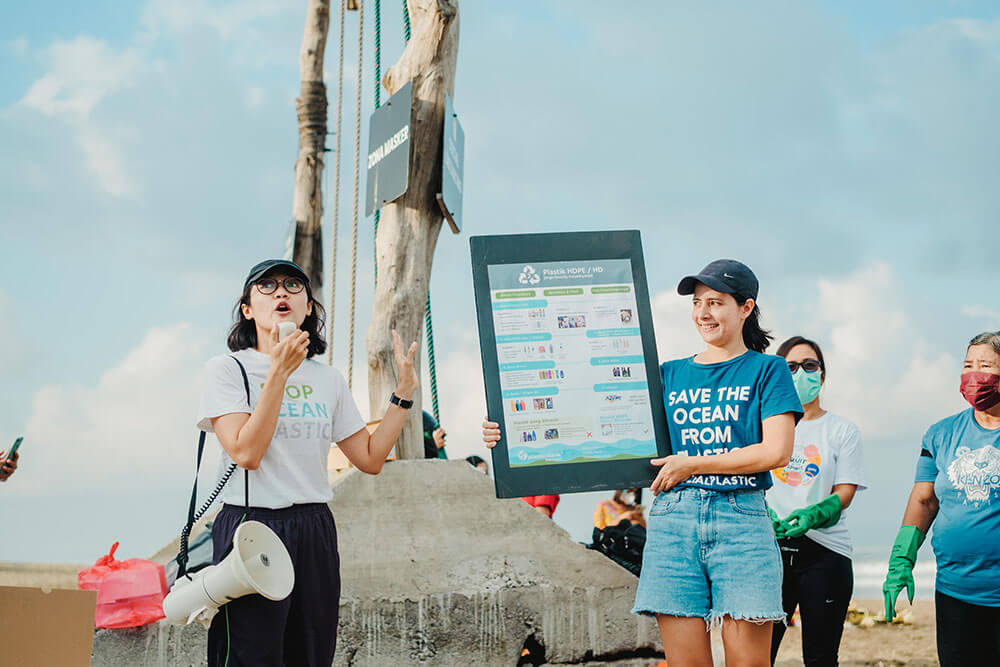 The Plastic Bank Indonesia team raises awareness about ocean plastic and proper plastic waste management before a beach clean up.
The Plastic Bank Indonesia team raises awareness about ocean plastic and proper plastic waste management before a beach clean up.
3. Creating circular economy models
A circular economy that prioritizes reuse, recovery, and recycling of plastic waste is another effective way to stop plastic pollution. This approach involves reducing the use of single-use plastic items and redesigning products to be more sustainable. To implement these changes effectively, cost-effective policy instruments such as taxes and incentives must be used. These policy instruments can incentivize the reduction of single-use plastic consumption and encourage the adoption of sustainable practices, leading to a more sustainable future for generations to come.
This is exactly why Plastic Bank expanded its operation and impact in Indonesia. Plastic Bank empowers the Social Recycling movement among collection communities located 50 km from the coastline or ocean-bound waterways. Plastic Bank provides accessible plastic collection and recycling facilities for local communities, empowering them to find a path out of poverty while stopping plastic from entering the ocean. Since 2019, Plastic Bank has established over 260 collection branches across Indonesia, empowering 13,600 collection members to stop over 44 million kilograms of plastic from entering the ocean.
With one garbage truck of plastic being dumped into our oceans every minute7, we have no time to wait. Now is the time to make a change! You too can help stop ocean plastic, join the Social Recycling movement here: https://plasticbank.com/business/
- “Plastic Pollution by Country 2023,” World Population Review, https://worldpopulationreview.com/country-rankings/plastic-pollution-by-country
- Fava, Marta, “Ocean plastic pollution an overview: data and statistics,” UNESCO: Ocean Literacy Portal, May 2022 via https://oceanliteracy.unesco.org/plastic-pollution-ocean/
- Hannah Ritchie and Max Roser, “Plastic Pollution,” Our World in Data, September 2018, https://ourworldindata.org/plastic-pollution#how-much-of-ocean-plastics-come-from-land-and-marine-sources
- “Plastic Waste Discharges from Rivers and Coastlines in Indonesia,” World Bank, May 20, 2021, https://www.worldbank.org/en/country/indonesia/publication/plastic-waste-discharges-from-rivers-and-coastlines-in-indonesia
- Lebreton, Laurent C. M. et al, “River plastic emissions to the world’s oceans,” Nature Communications, June 2017, https://www.nature.com/articles/ncomms15611
- “List of Top 10 Countries with Most Rainfall in the World,” Basic Planet, May 8, 2022, https://www.basicplanet.com/list-top-10-countries-rainfall-world/
- “Every minute, one garbage truck of plastic is dumped into our oceans. This has to stop.” World Economic Forum, October 2016 via https://www.weforum.org/agenda/2016/10/every-minute-one-garbage-truck-of-plastic-is-dumped-into-our-oceans/


 Continue with Google
Continue with Google

